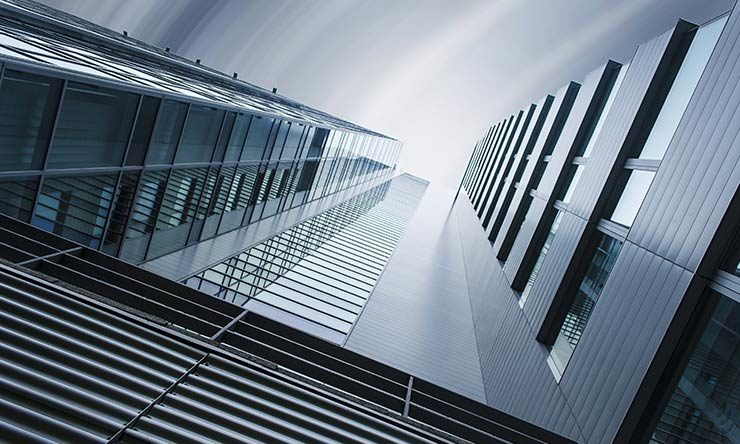Kloeckner is on a mission to uplift the North American architectural industry with the latest technologies, processes, and products so our clients can do their best work and stand out.


The architectural industry, spanning aluminum, carbon, and stainless steel covers a rapidly expanding line of products. By spearheading the latest technologies and processes, Kloeckner gives their customers unprecedented opportunities to build and stand out with the most advanced structures in North America.
Answer:
In the architectural industry, a variety of metals are used for different purposes including:
Answer:
In building facades, window frames, and curtain walls, the most commonly used aluminum grades are:
These alloys are typically used in their T5 or T6 temper, which provide the desired combination of strength, formability, and durability for these applications.
Answer:
In the architectural industry, the most commonly used grades of stainless steel for claddings, railings, and other decorative elements are:
These grades are typically used in their 2B or #4 finish, which provides a smooth, aesthetically pleasing surface suitable for these applications.
What metals are used in the architectural industry?
Answer:
In the architectural industry, a variety of metals are used for different purposes including:
What are the most commonly used aluminum grades in the architectural industry?
Answer:
In building facades, window frames, and curtain walls, the most commonly used aluminum grades are:
These alloys are typically used in their T5 or T6 temper, which provide the desired combination of strength, formability, and durability for these applications.
What are the most commonly used stainless steel grades in the architectural industry?
Answer:
In the architectural industry, the most commonly used grades of stainless steel for claddings, railings, and other decorative elements are:
These grades are typically used in their 2B or #4 finish, which provides a smooth, aesthetically pleasing surface suitable for these applications.

X
The Kloeckner Metals website uses modern technologies. Unfortunately, your browser doesn't support those technologies.
Download the latest version of one of these browsers to experience the site: